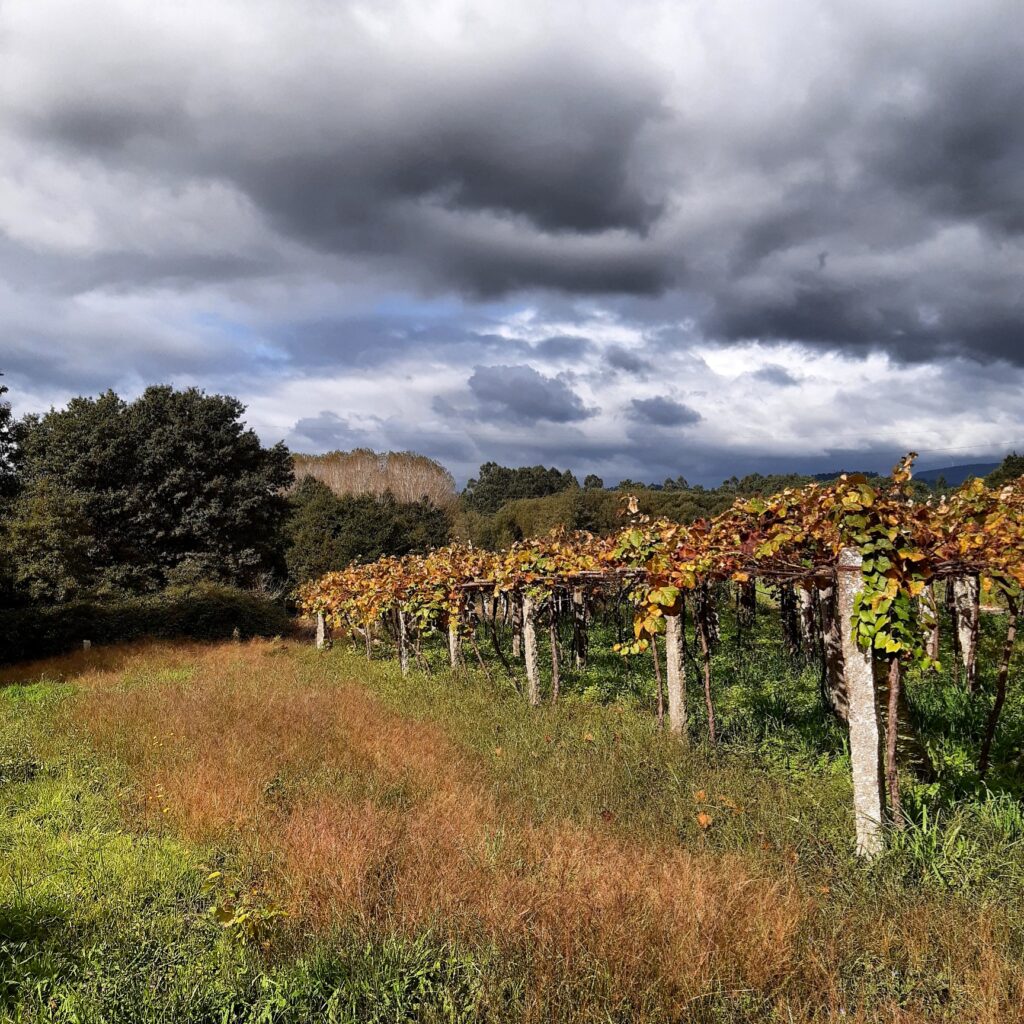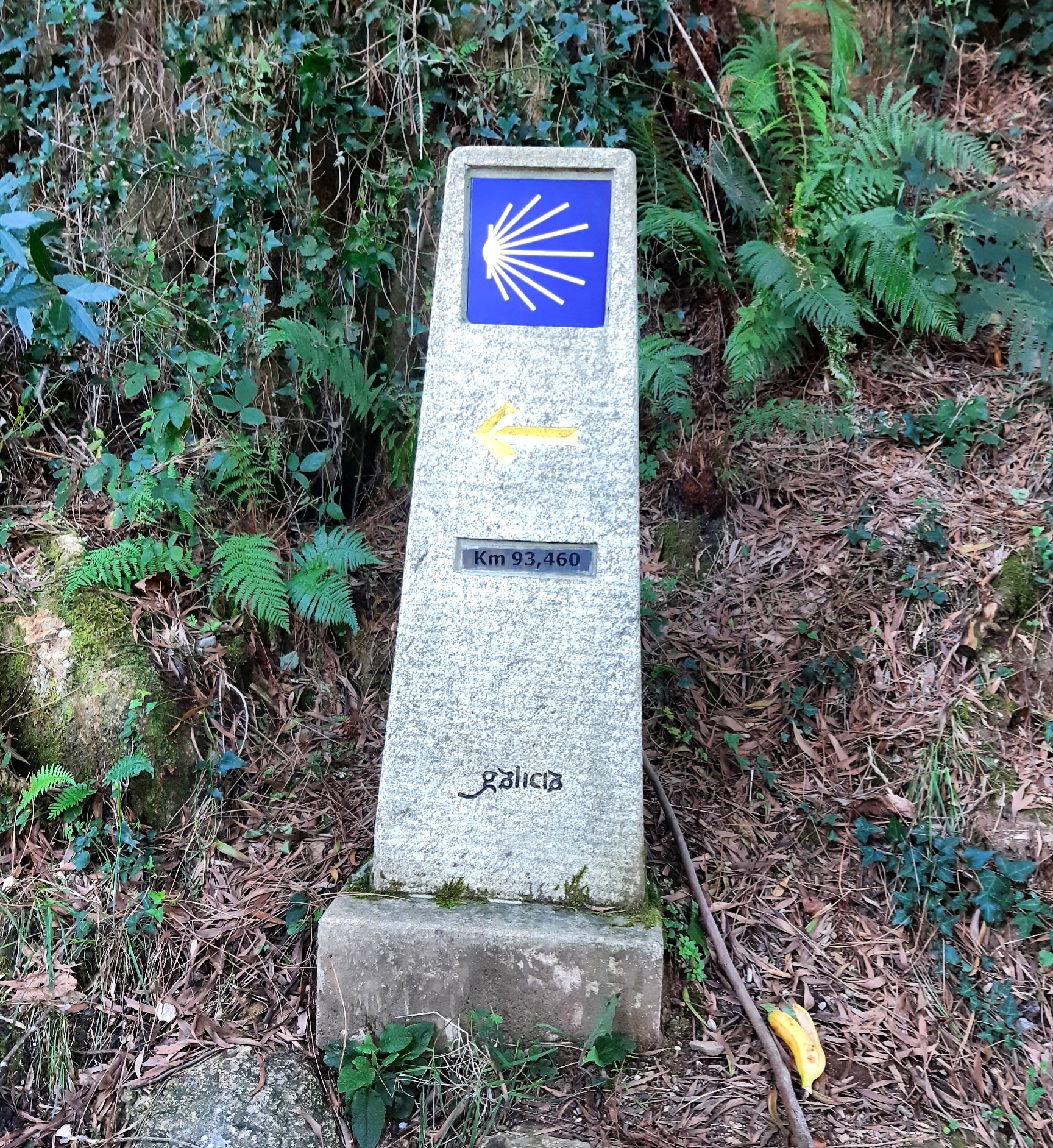In September, I posted about “ safe travelling in COVID era”. One of the choices I laid out for our summer holiday was to walk the Camino de Santiago, the Way of Saint James pilgrimage. For me, the Camino was a cool way to visit Galicia. That time, we travelled to Cabo de Gata instead.
Then October arrived. I needed another break. The idea of visiting Galicia doing the Camino came back on the table. I was also looking to do something physically challenging. At that point, I was sitting forty hours or more at my desk, working from home. I needed to stretch my legs, and the Camino was appealing.
After talking to a few people, I realised that many walkers were doing it for spiritual reasons. Some of them were grateful for a blessing (recovering from a severe illness), they were looking for an answer to a significant life problem (getting a divorce or not), they were recovering from a break up etc. I also decided to set my spiritual intentions.
Doubts before leaving
It has been a difficult decision to go because of COVID. Firstly, I did not want to get sick, nor did I want to spread the virus if I carried it. I doubted that latter part, though. I spent a lot of time working from home. Secondly, there were COVID restrictions in every country/region limiting available facilities and/or travelling. If I go, will I be able to re-enter Catalunya? Will I have to go on quarantine upon arrival? Rules change so quickly nowadays.
Secondly, I doubted my ability to walk a very long distance in just a few days. There was a big question mark in my head on whether I will make it or not. I was not fit at all. When I mentioned it to my colleague, she simply told me: “Don’t worry, when you will be on the way, Saint James will help you”. Ok…I then needed a leap of faith.
We were also in October. Was it a good month to go weatherwise? It will be colder and maybe rainier. I read somewhere that at that period, not so many places were open because there are fewer pilgrims. If that is the situation in normal times, what will I face during Covid times?
And finally, when I thought about doing the Camino, nobody was available to come with me at first. The perspective of being on the road alone and crossing forests with no one in sight scared me a little. Ok, A lot… Yes, there were no more bandits attacking poor pilgrims on their way to Santiago. Still… I did not know what to expect. Most women I spoke with said it was fine: “there are many pilgrims on the road”, “you are never alone on the Camino”. But we were in October and in Covid times. Luckily, in the end, Mr E., my usual travel buddy 🙂 could free himself and join. He also got excited at the idea of walking, so all the better.
Which Camino de Santiago to take?
Several Caminos are leaving from different cities/countries in Europe. I did some researches about which way to choose. I read forums, asked for advice on Facebook groups, talked to colleagues who have done it. But I already had a good idea of which one to walk: the Portuguese Way because it was going through Galicia. And as I mentioned earlier, I wanted to visit Galicia and accessorily eat good food.
This Way normally starts in Lisbon, but you can walk the parts that suit you. Which one of the Portuguese Ways – the coastal one or the “normal” one – was another question. I was very tempted by the coastal one, but we were in fall. Taking inside roads meant more possibilities to enjoy beautiful fall landscapes with yellowing leaves. Want! My researches revealed that the Coastal Way joins the Portuguese way at Redondela, 83 km from Santiago de Compostela. Therefore, we were happy to start from a town on the Coastal Way experiencing a bit of both ways.

The distance and the starting point
Choosing the distance was the next step: 100Km. This is the minimum distance needed to get the Compostela (the certificate testifying you walked the Camino). And I want the Compostela.
This was also our first Camino. We have limited time to complete it. 9 days. We had to think carefully about where to start. Vigo drew our attention. We heard many good things about the city, and it was on the Coastal Way. It was conveniently situated 100Km away from Santiago de Compostela. Vigo was going to be our starting point.
What kind of Camino do we want to do?
Before making further steps, we needed to think about what kind of Camino we wanted to do. Do it the way most pilgrims do: stay at hostels and sleep in a dorm, walking with our backpacks. Or have a posher version: upscale accommodations, get our bags carried to the next stops…This also depended on the budget we wanted to set for the journey. Some people were walking the Camino for weeks or months. We were doing it for 7 days only, and it will also be our vacation. We did not need to budget. We will spend what is necessary but did not expect it to be much.
We decided to sleep in “albergues”. These hostels (very similar to youth hostels”) are specifically designed for pilgrims. These were the places to feel immersed, socialise, share experiences, and eventually get advice from other pilgrims. They usually have amenities: kitchen, living areas, dining areas, washing machines and dryers. They are also a good source of information during the walk.
To spend a night in an albergue is usually cheap – around 8 euros a night. But that is also because you sleep in bunk beds in a dorm. Beware of snorers!!! We were unsure what kind of immersion we could experience because of the COVID situation, but we gave it a chance. I used to travel staying in hostels in my 20s. This was like getting back in time.
And finally, the decision to go
At this point, we had a good idea of what to do during the trip. However, we still needed to determine whether… eh… we should go or not. Practical aspects of the trip were the deciding factors.
The first aspect to review was the COVID restrictions in the region. There was no lockdown where we wanted to go. The Government also still allowed circulating within Galicia, accommodations were more scarce but still available, and the pilgrimage was not forbidden. Therefore, it was ok for us to go.
We wanted to stay at official albergues for better immersion. In the end, it was also in line with keeping safe. I reckon that publicly administrated albergues would have draconian sanitary measures. That gave me some peace of mind. I called several albergues to check the situation and to exchange with local people. I found out that some were closed, and some were open but at a limited capacity. One manager explained the situation in the past days at his albergue. He was hosting one pilgrim, but a few days later, he was going to have a group. It seemed the circumstances were very random.
After a couple of days pondering on the information gathered, we decided to go. We will assess the trip day by day. And worst-case scenario, we would fly /take the bus/the train back without completing the Camino. However, I was confident that things would turn out ok. We are used to improvising during trips on normal non-COVID times. It could be a bit challenging, but we can manage this one.
Practical information before leaving
I wanted the Compostela, so we purchased our credentials. A credential is the official Camino passport issued by the Pilgrims Office in Santiago de Compostela. We bought ours from the Parish of Sant Jaume de Barcelona (in C/ Ferrán 28, from 10:00 a.m. to 2:00 p.m. and 5:00 p.m. to 8:00 p.m. (working day)) in Barcelona for 2 euros each. This passport facilitates access to the official albergues and testifies having done the route by allowing pilgrims to collect stamps from different establishments along the way.
In terms of packing, my backpack was very minimalistic. You can find the list of what I brought with me in this post.
I had a list of the different stops between Vigo and Santiago de Compostela with the distances in between for reference. We also downloaded two apps to get detailed maps of the road: the Way of St. James in Galicia app and Map of the Camino de Santiago app. The last one was perfect for finding our way back when getting lost.
Websites of interest:
El Camino de Santiago | Gronze.com
